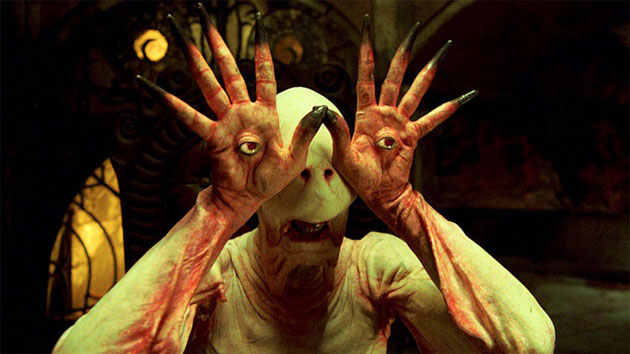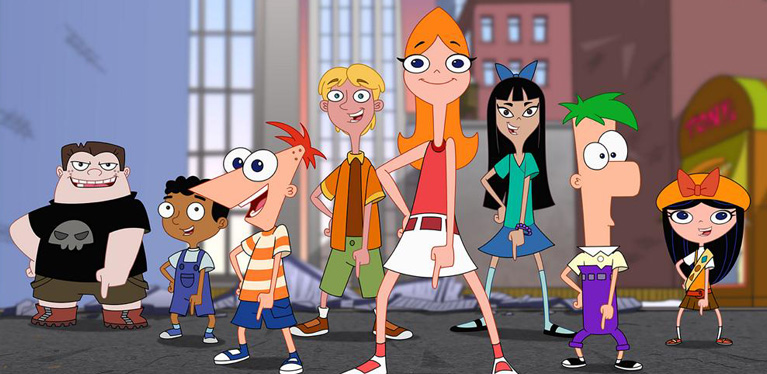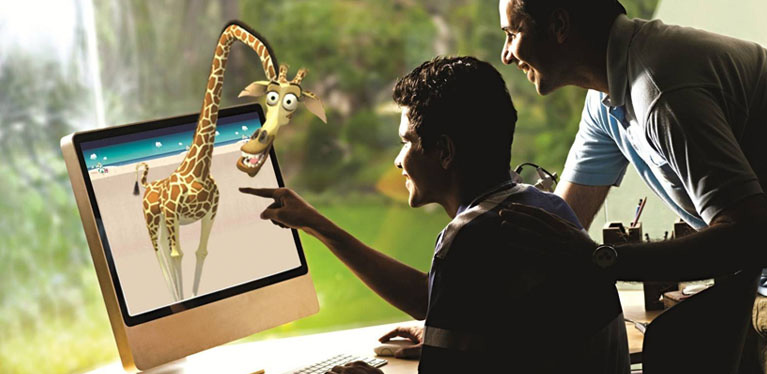Horror films and VFX go hand-in-hand. Since the early days of film, right from Méliès to the latest Saw movie, visual effects have always been an important part of bringing stitched together exhumed corpses, and the undead chewing down on a man’s interior to the big screen. So following the Halloween season, we thought of taking a look at the evolution of visual effects in horror films.
Early films
Before technical advancements in visual effects, and software, there was magician-turned-filmmaker, Georges Méliès. Méliès is credited with making the first-ever horror and vampire movie in 1896 – The Haunted Castle. Definitely no match for current visual effects in Hollywood, the movie made effective use of the diesel and steam innovations, of course, assisted by the magician’s own tools of illusion & sleight of hand. And thus was established the long-running link between horror and VFX.
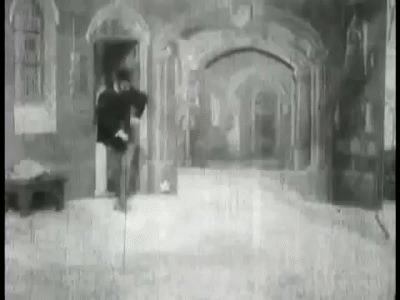
The living dead

Vampires have rules popular imagination since Irish author, Bram Stoker introduced Count Dracula to the world. It was only a matter of time before a vampire took over the big screen. F.W. Murnau’s Nosferatu, made use of special effects like super-impositions, stop-motion, winches, dissolves, and trick shots to bring to life tomb doors opening on their own and the infamous vampire, Nosferatu. The film also had immense amount of assistance from the make-up department, which transformed the human face into a monster with pointy ears & false teeth. Other horror films during this period that helped forward the cause of visual effects, included Swedish horror film Häxan (1922) and The Phantom of the Opera (1925). The former used stop-motion, double exposure, and innovative makeup to create scary demons in this story of witchcraft & torture. The latter featured the master of grotesque makeup, Lon Chaney, who starred in the title role, and used his makeup skills to expertly & horrifically transform into the deformed phantom.
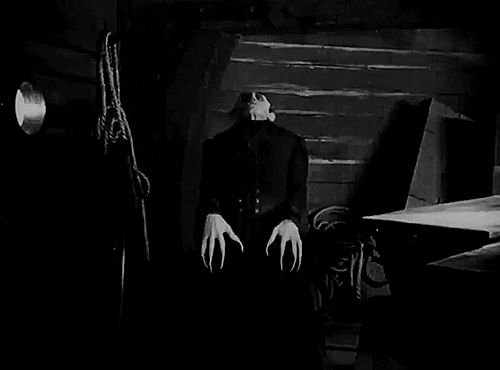
Hollywood takes over
With technical advancements being made, it was only a matter of time that studios will be interested in this new phenomenon. Universal Studio was the front-runner with Boris Karloff’s Frankenstein, which featured the talents of make-up artist, Jack Pierce. The final output was so impactful that the iconic image became the popular look for Frankenstein’s monster – a flat-topped head, bolts in the neck, the large scarred forehead, and heavy-lidded eyes. Pierce also brought to life two more Universal Studio horror monsters – The Mummy (1932) and The Wolf Man (1941). Parallel to Pierce’s iconic work was King Kong (1933) that proved the power of stop-motion animation. Willis H. O’Brien’s stop-motion special effects, combined with other effects like matte paintings, miniatures, and rear projection, gave the movie its haunting aesthetic. His visual effects magic gave audience never-seen-before visuals like King Kong climbing the Empire State Building, and fights between a giant ape and dinosaurs. Man Made Monster (1941) deserves a special mention, which featured a protagonist with a glow-in-the-dark head courtesy of cinematographer & special effects supervisor, John P. Fulton. Creature from the Black Lagoon (1954) gave us another famous movie monster, Gill Man, made out of a foam-latex costume.
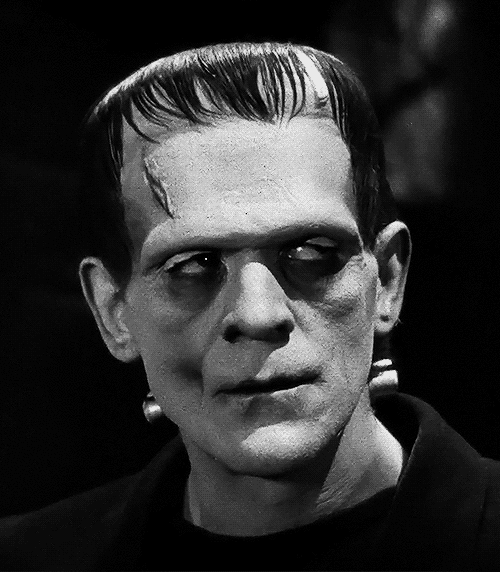
Raising the bar
Splatter movies or gore movies of the 1960s raised the bar of VFX in horror films. These movies showed gruesome deaths and took special effects to new heights. Watch any Dario Argento movie, and you’ll know what we are talking about. This period also gave us George A. Romero’s Night of the Living Dead (1968). The film remains a lesson in horror effects on a low budget (the blood was Bosco Chocolate Syrup), and continues to terrify people. Morticians wax was used for wounds, and roasted ham & entrails from the butchers doubled up for eaten flesh. Romero’s second zombie movie, Dawn of the Dead (1978), with special effects by Tom Savini, upped the game for VFX in horror. Influenced by the Vietnam War, Savini’s VFX was brutal, garish & disgusting. Alien (1979) was a big leap in technical advances, with expert use of animatronics, and liquid & foam latex. The era of body horror had begun.

The golden age
The 1980s were a golden age of special effects. From the real-time mutation in Rick Baker’s An American Werewolf in London (1981) that won Baker his first-ever Academy Award for Best Makeup for his work in the film to John Carpenter’s horrible alien creature brought to repulsive life in The Thing (1982), set a whole new standard for visual effects. All manners of techniques & materials were used to create the horror on screen – hand puppets, marionettes, reverse filming, wires, hydraulics & fibre glass, foam latex & rubber, creating gore from strawberry jam, mayonnaise, heated bubble gum, cream corn, and other concoctions. Other notable horror films of this period include David Cronenberg’s The Fly (1986) and Joe Dante’s Gremlins (1984). Both had special effects artist Chris Walas in the team. Other films worth mentioning include the Hellraiser films (1987-2011), A Nightmare on Elm Street (1984, Scanners (1981), Society (1989), and Day of the Dead (1985).
[youtube]https://www.youtube.com/watch?v=lqpkgo1ZzQA[/youtube]
Future of horror
The next big addition to visual effects is the use of CGI. Sam Raimi’s Drag Me To Hell (2009), used digital effects to show heads with eyes popping out, demonic goats, and people being dragged into hell. Space-horror, Prometheus proved that digital imagery can look incredible on film too, and The Walking Dead TV series uses CGI along with more traditional techniques. Pan’s Labyrinth is another film that employs CGI, make-up, and animatronics for its fantastical creatures.

It goes without saying that make-up & prosthetic remain an important part of visual effects in horror films. After all, you can’t really beat them when you want to show a gaping wound in the skull of a tortured teen. It’s this combination of various techniques – old & new – where the industry stands at the moment. You can become a part of this industry with the right training & guidance. Get set to get started.

